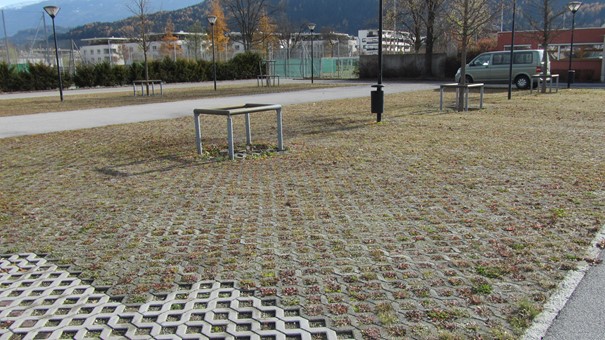Green Infrastructure
Green infrastructure in urban space - multifunctional elements in the cityWith the "green infrastructure", rainwater is treated locally (locally). The rainwater is increasingly stored, evaporated and seeped away. This allows cities to adapt to an uncertain future (e.g. climate change).
The aim of the "green infrastructure" is to restore the natural water cycle. To this end, measures are taken in the infrastructure that are no longer intended to fulfil just one function, but several functions.
For example, a house roof should no longer be used solely to protect against weather conditions. By planting it (green roof), it can also contribute to cooling by evaporating rainwater at the same time.
- Recreation of groundwater (due to seepage of rainwater)
- City cooling (plants, evaporation of rainwater)
- Use of rainwater for irrigation (by storing rainwater
- Relief of channel networks
- Natural cleaning effect of the floors
- Cost-effective alternatives
- Space requirement
- Ongoing support of the systems required
- Rainwater retention
- Rainwater infiltration into the soil
- Evaporation of rainwater via plants
Infiltration trough
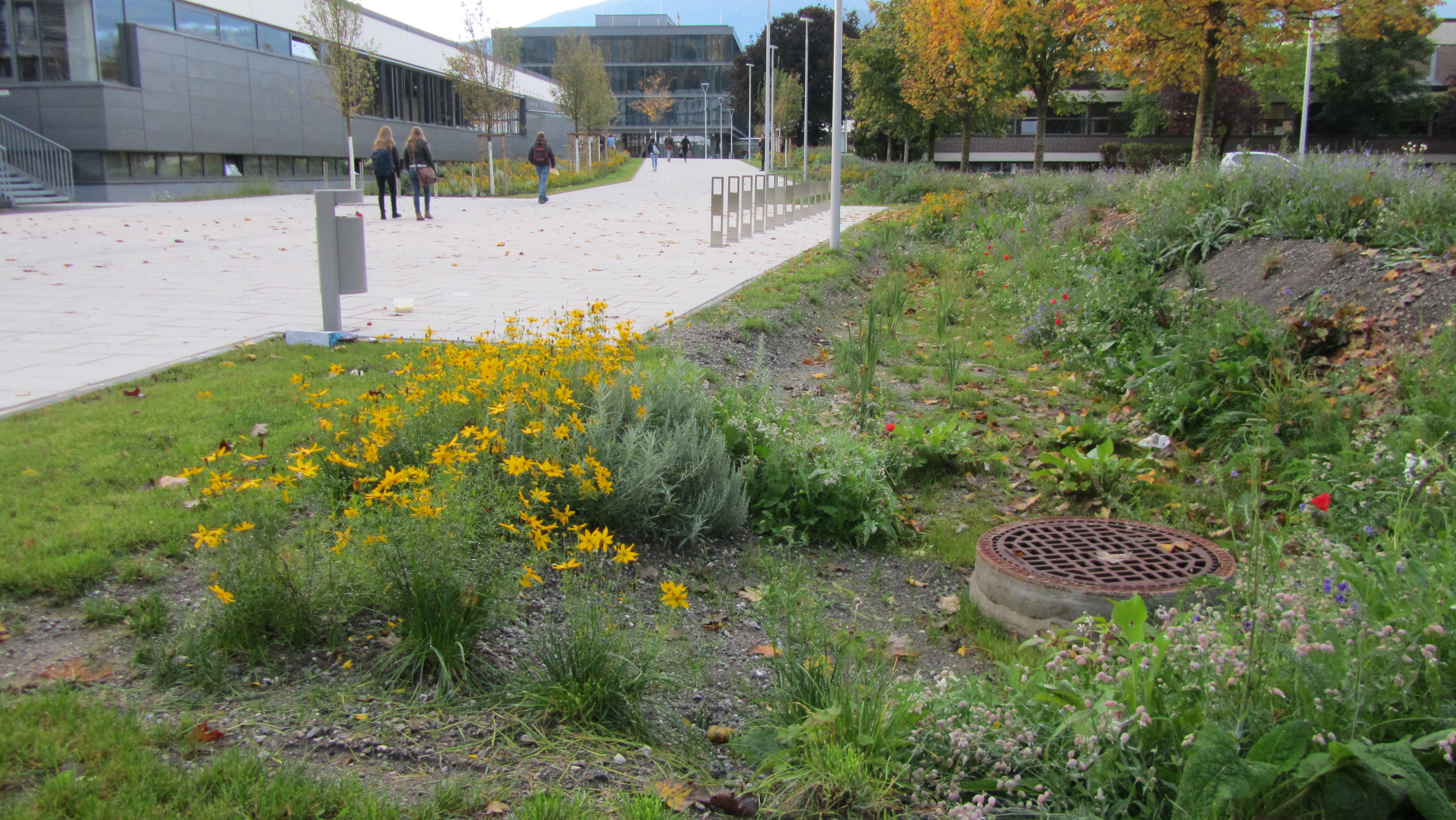
Raingarden (as a special form of infiltration systems)
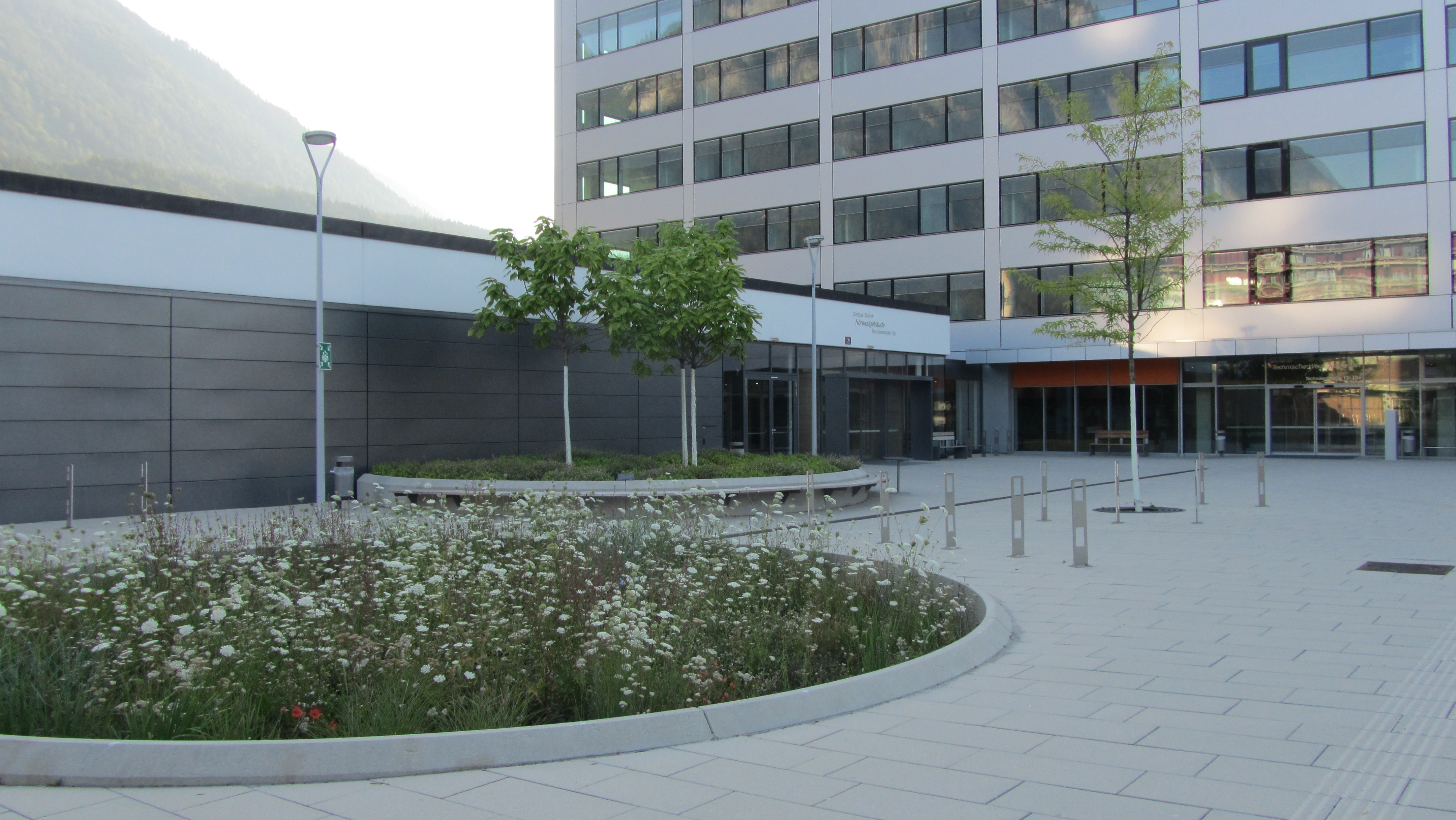
- Rainwater retention
- Cooling of houses by evaporation of rainwater from plants
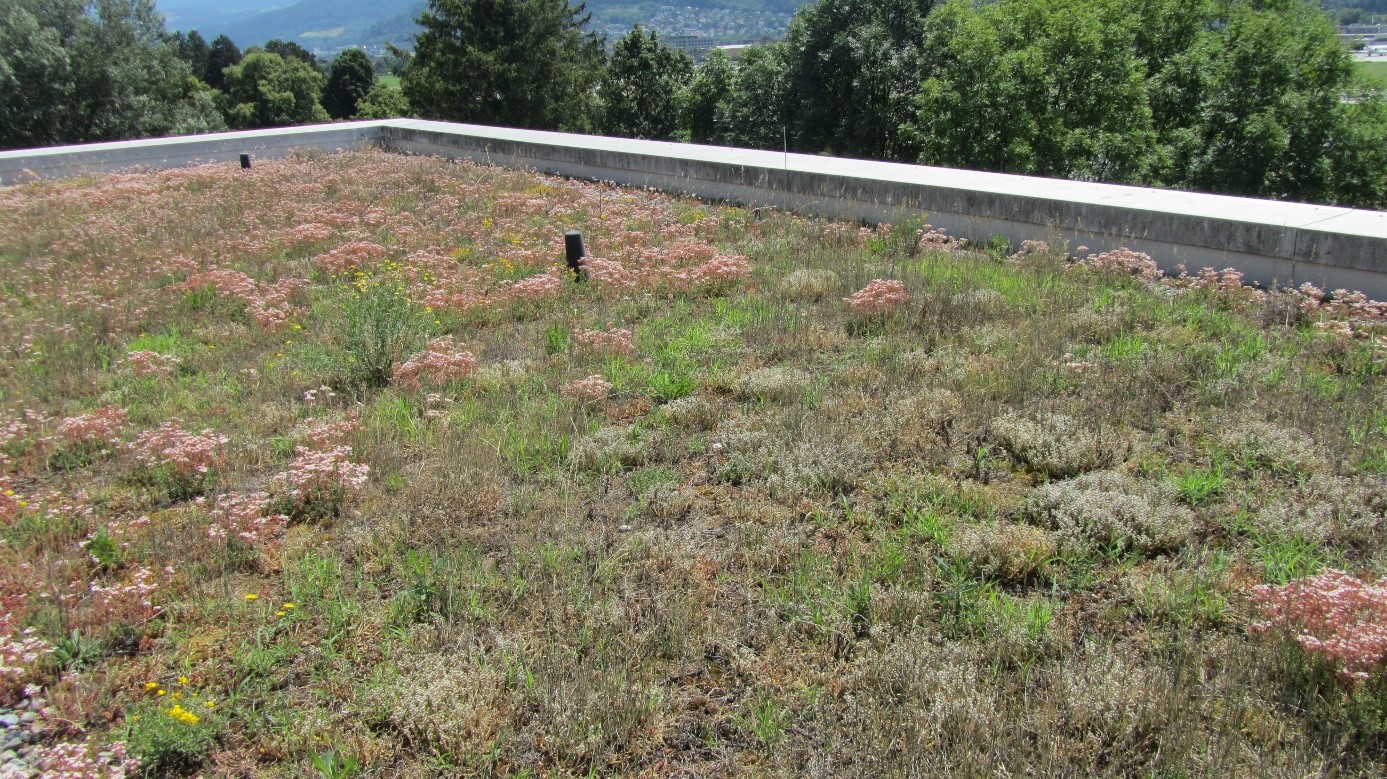
- Rainwater retention
- Watering plants in dry weatherr
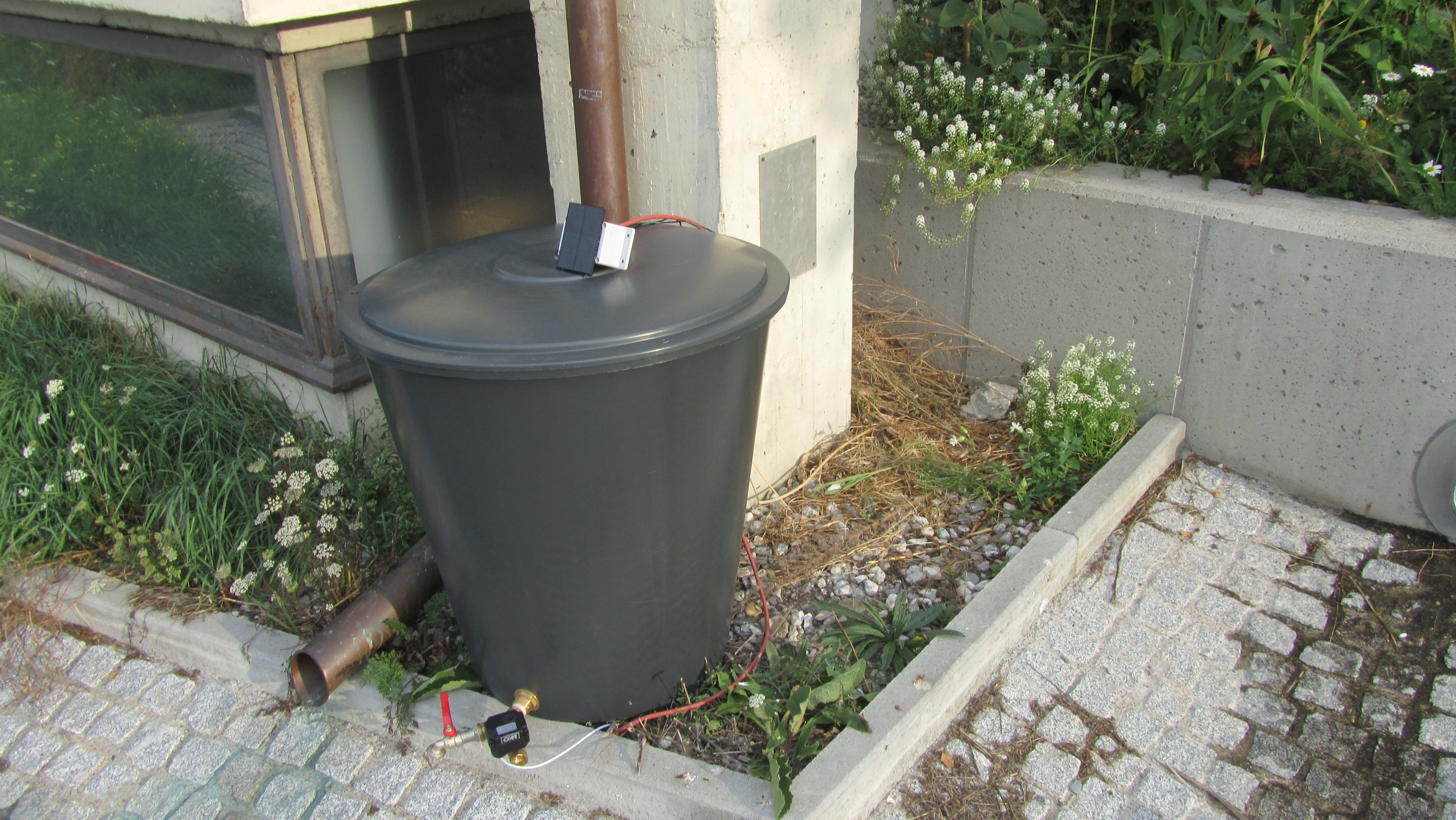
- Rainwater infiltration into the soils
- Sufficient fixing of the floor for other use (e.g. as a parking lot)
